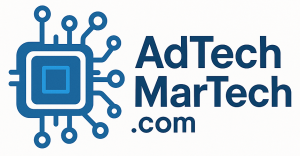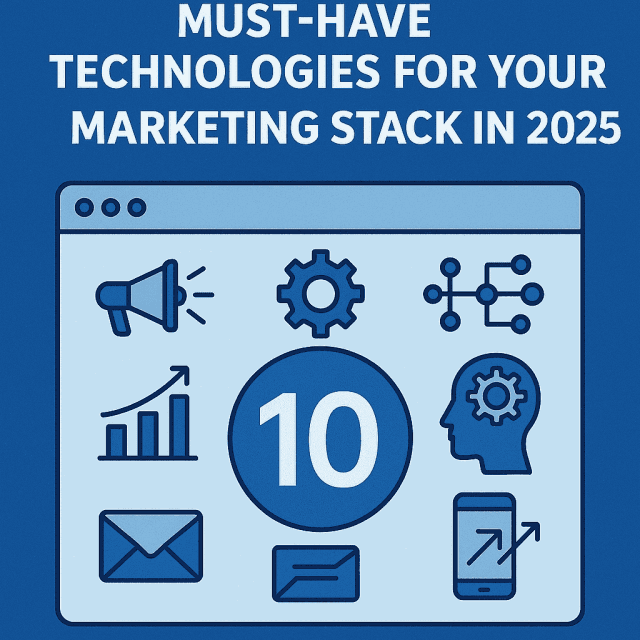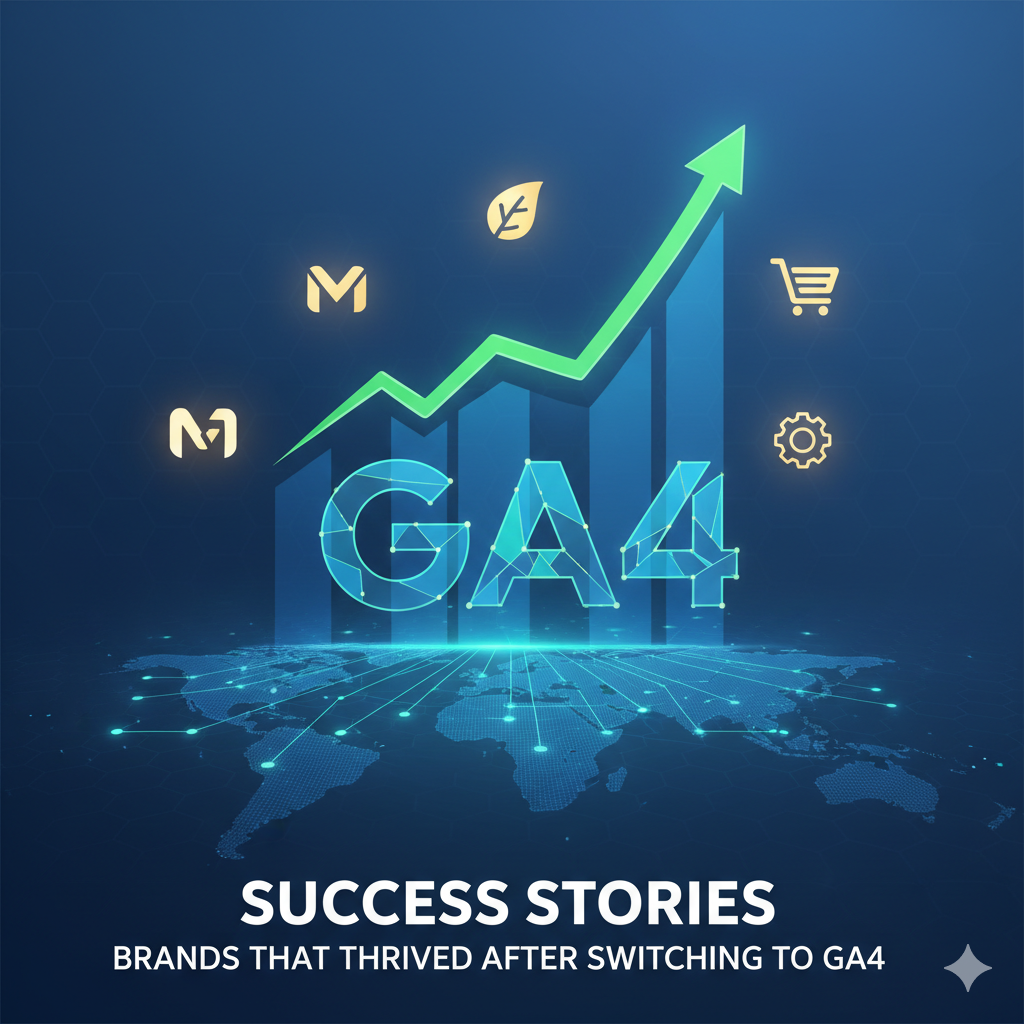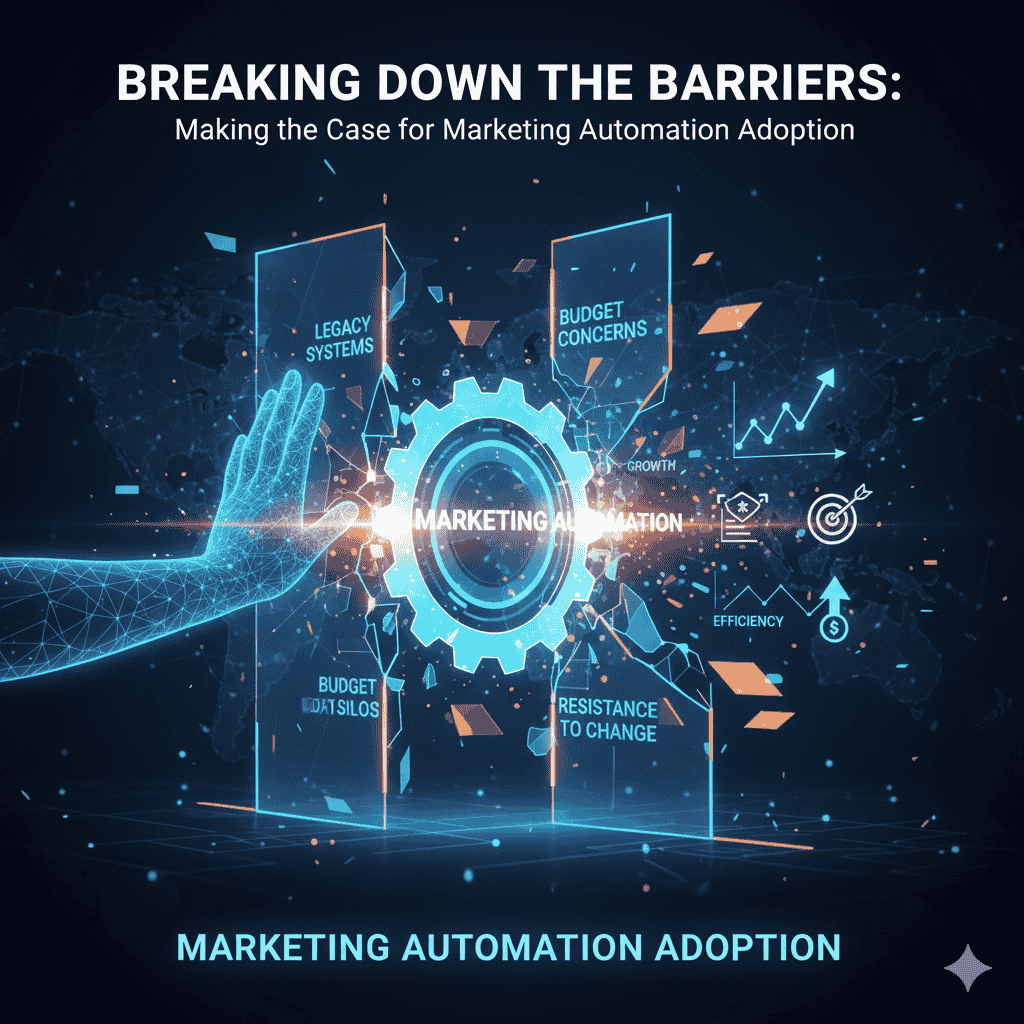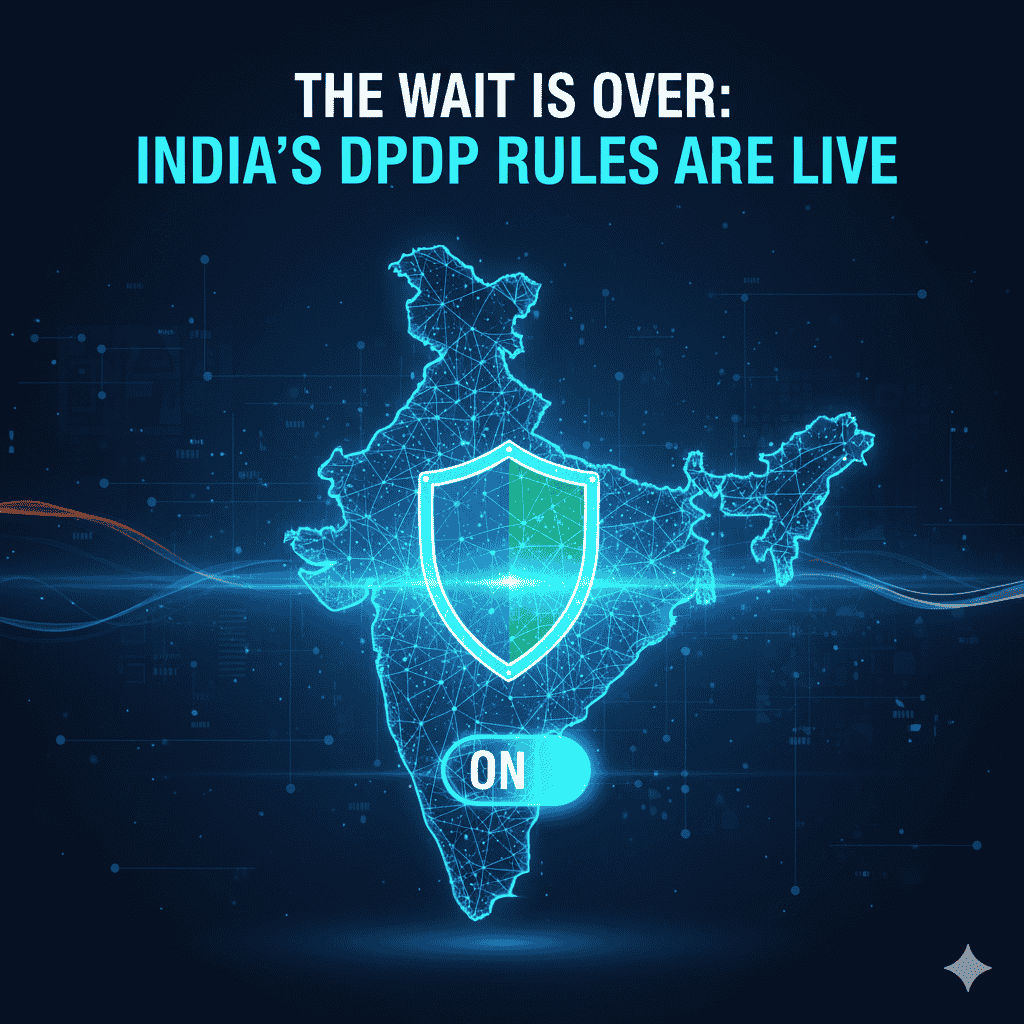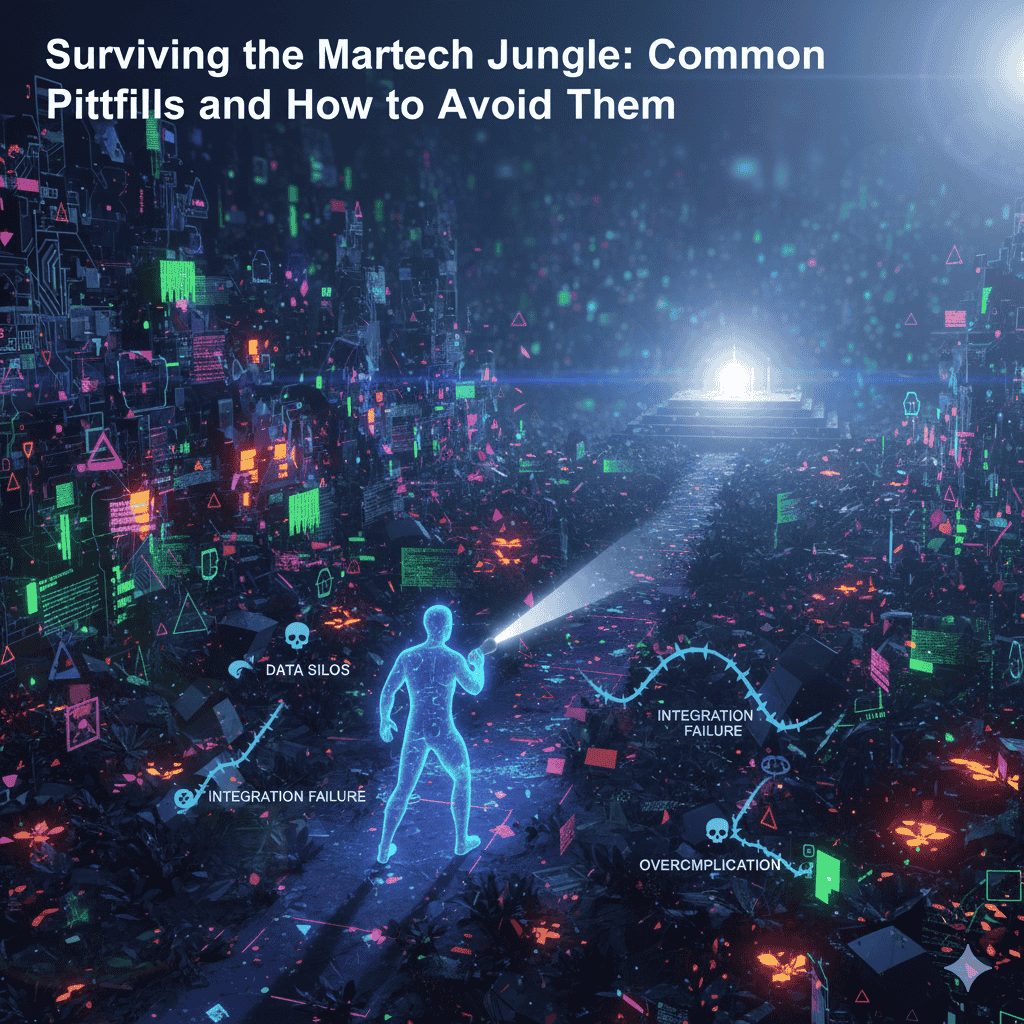As the marketing landscape evolves, brands must leverage cutting-edge technologies to stay competitive. In 2025, an effective marketing stack should seamlessly integrate various tools to enhance customer engagement, streamline operations, and drive conversions. Here’s a look at the top 10 must-have technologies for your marketing stack this year.
1. Customer Relationship Management (CRM) Software
A robust CRM system is essential for managing customer relationships and analyzing their behavior. Tools like Salesforce or HubSpot allow teams to track interactions, automate processes, and gain insights into customer preferences, enabling personalized marketing strategies.
2. Marketing Automation Platforms
Marketing automation tools, such as Marketo or ActiveCampaign, help streamline repetitive tasks such as email marketing, social media posting, and ad campaigns. Automating these processes saves time and ensures consistent messaging across various channels.
3. Content Management System (CMS)
An effective CMS like WordPress or Drupal is crucial for managing your website content. It enables teams to create, publish, and optimize content easily while ensuring that SEO best practices are followed, fueling organic traffic growth.
4. Social Media Management Tools
Tools such as Hootsuite or Buffer are indispensable for managing social media channels. They allow marketers to schedule posts, monitor engagement, and analyze performance metrics, making it easier to develop a comprehensive social media strategy.
5. Analytics Platforms
Data is at the core of informed decision-making. Google Analytics, Adobe Analytics, or similar platforms provide insights into website traffic, user behavior, and conversion patterns, allowing marketers to refine their strategies based on real-time data.
6. Search Engine Optimization (SEO) Tools
SEO is critical for online visibility, and tools like SEMrush or Moz can help identify keyword opportunities, track rankings, and analyze competitors. These insights are valuable for tailoring content that attracts organic traffic.
7. Email Marketing Software
Despite the rise of social media, email marketing remains a powerful tool. Platforms like Mailchimp or SendGrid facilitate audience segmentation, automation, and performance measurement, ensuring your messages reach the right people at the right time.
8. Customer Data Platforms (CDP)
CDPs, such as Segment or BlueConic, aggregate customer data from various sources to create a unified customer profile. This information enables personalized marketing efforts and enhances customer experience by accurately targeting communications.
9. Collaboration and Project Management Tools
In an increasingly remote work environment, tools like Trello, Asana, or Slack facilitate communication and project management among team members. These platforms are essential for aligning marketing efforts and improving teamwork.
10. Artificial Intelligence and Machine Learning Tools
AI-driven tools are transforming marketing strategies. From chatbots that enhance customer service to predictive analytics platforms that anticipate customer behavior, integrating AI technologies can dramatically improve engagement and conversion rates.
Conclusion
As digital marketing continues to evolve, incorporating these must-have technologies into your marketing stack can empower your organization to efficiently meet customer needs and drive revenue growth. By leveraging the right tools in 2025, you’ll be well-equipped to navigate the dynamic marketing landscape and foster long-term customer relationships. Embrace these technologies, and watch your marketing efforts flourish!
